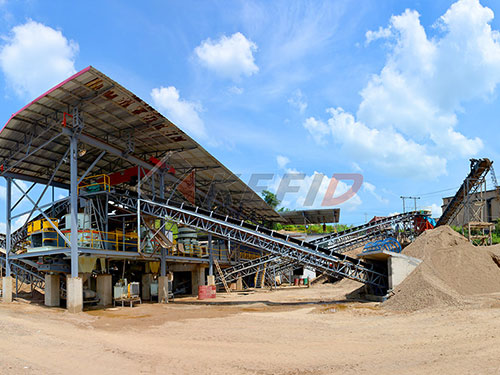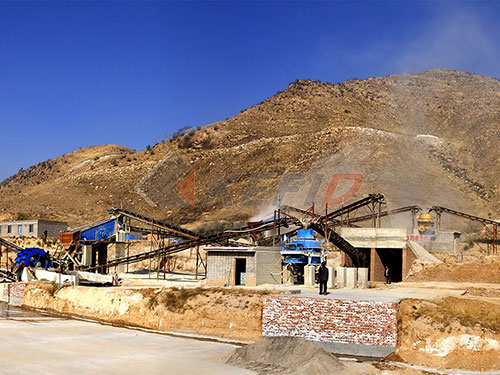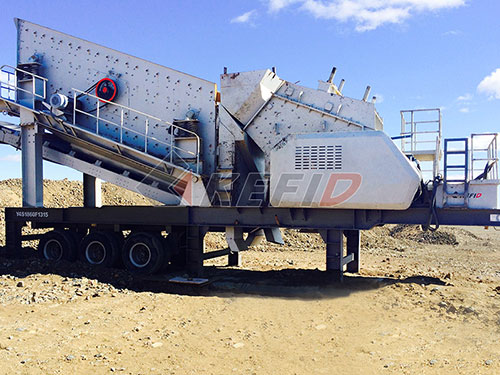The Crushing Calculus: Unpacking the Total Cost of Gravel Crushers for Road Building in Mongolia
The vast, rugged landscapes of Mongolia, stretching from the soaring Altai Mountains to the expansive Gobi Desert, present a formidable challenge to infrastructure development. Building and maintaining an effective road network across this terrain is not merely an engineering task; it’s a critical economic imperative. Reliable roads are the arteries connecting remote communities, unlocking mineral wealth, facilitating trade, and fostering national unity. At the heart of constructing these vital lifelines – particularly the foundational gravel roads that form the backbone of Mongolia’s rural and regional connectivity – lies a crucial piece of equipment: the gravel crusher. However, understanding the true cost of deploying and operating these machines in Mongolia extends far beyond their initial price tag. It demands a comprehensive analysis of the Total Cost of Ownership (TCO), encompassing acquisition, operation, logistical hurdles, environmental factors, and long-term viability.
1. The Imperative: Roads as Mongolia’s Lifeline

Mongolia’s geography dictates its infrastructure needs. Sparsely populated settlements are scattered across immense distances. Seasonal variations bring extremes: harsh winters with deep freezes and heavy snow, followed by spring thaws that turn unpaved tracks into quagmires (“belchir”), and dry summers generating pervasive dust storms. Existing paved roads are concentrated primarily between Ulaanbaatar and major provincial centers or mining hubs like Erdenet and Ovoot. Vast swathes of the country rely on unpaved tracks – often little more than wheel ruts across steppe or desert – which become impassable during rain or snowmelt.

The consequences are profound:
Economic Stagnation: Isolated herders struggle to get livestock products to market profitably; mining projects face exorbitant costs for transporting equipment and ore; tourism potential remains untapped.
Social Disparity: Limited access to healthcare, education (especially boarding schools), and essential services in remote soums (districts).
National Development: Hindered integration of regional economies and exploitation of non-mining resources.
Recognizing this, successive Mongolian governments have prioritized road expansion under initiatives like the “100,000 km National Road Network” program. While asphalt/concrete highways connect major corridors, gravel roads remain the most economically viable solution for vast rural networks and feeder roads leading to mines or border crossings. These roads require significant quantities of processed aggregate – precisely what gravel crushers produce.
2. The Core Machine: Gra

Leave a Reply